
Following last weekend’s questionable ceasefire (the emphasis was more on the “fire” than the “cease” part), the Syrian military has resumed air strikes in what amount to scorched-earth tactics, reportedly preferring to level rebel-held villages rather than to fight inside them.
Why?
Unfortunately, these types of methods, although horrific, are extremely common in counter-guerrilla campaigns. Contrary to common views of mass killings as purely racist or ethnic cleansing devices, Ben Valentino argues that most mass killings in the 20th Century occurred in the context of anti-guerrilla warfare. Consider his work on mass killing — the political violence thought of the week:
“The nature of guerrilla tactics has often led military and political leaders to conclude that the systematic targeting of civilian populations is the only ‘practical’ solution to the seemingly intractable problems of guerrilla warfare” (198).
These grisly methods are seen as “practical” because the bases of operations for many guerrilla armies are population centers, from which they draw shelter, food, etc.
“Civilians support can be a major source of strength for guerrilla armies, but it can also be a weakness. Regimes facing guerrilla opponents either at home or abroad have sometimes been able to turn the guerrillas’ dependency on the local population to their own advantage. Unlike the guerrillas themselves, the civilian support network upon which guerrillas rely is virtually defenseless and impossible to conceal. Some regimes have found it easier, therefore, to wage war against a guerrilla army by depriving it of its base of support in the people than by attempting to target the guerrillas directly. In the terms of Mao’s analogy, this strategy seeks to catch the fish by draining the sea. Not surprisingly, this strategy of counterinsurgency has frequently resulted in mass killing” (82).
According to Valentino, brutal and indiscriminate violence is especially likely when the government sees few other options for separating the rebels from population centers — or where the government sees local civilians as supporting the rebels. Assad’s regime likely sees “draining the sea” as an essential part of counter-insurgency operations, serving several strategic (albeit heinous) purposes. Indiscriminate violence kills rebels, punishes those civilians who support them, separates the rebels from additional bases of support through terror, and forces fence-sitting civilians to flee and/or move into government-protected zones where the rebels cannot reach them.
This is certainly bad news for Syria’s aggrieved population and anyone else caught in the crossfire. Armed insurrection is a costly and deadly enterprise — as much for the population as for the rebels themselves.
The bottom line: the longer the armed struggle continues in Syria, and the more desperate the Assad government becomes to stamp out the rebellion, the more frequent these mass killing tactics will become.

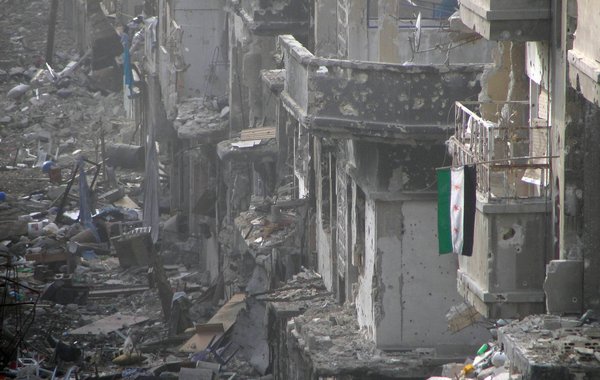
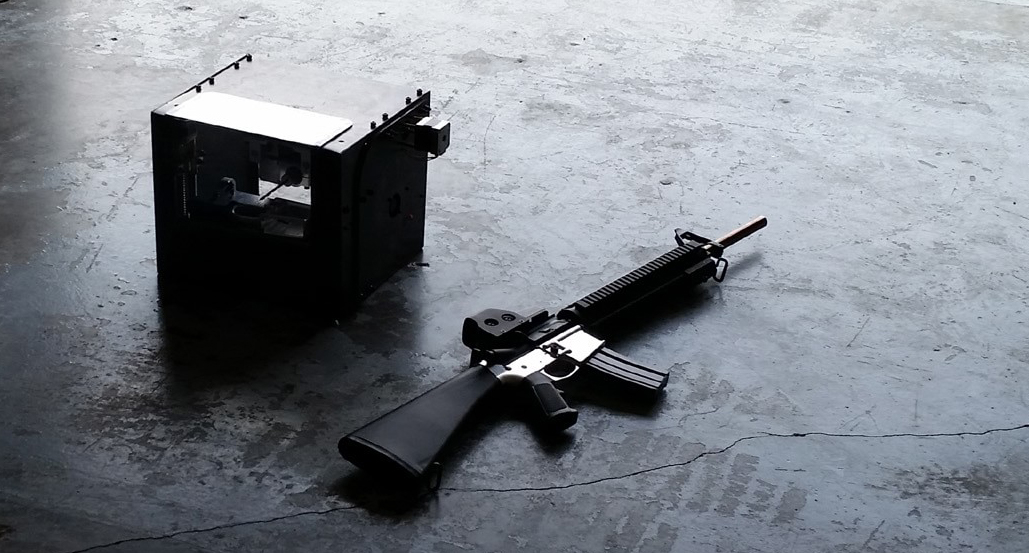
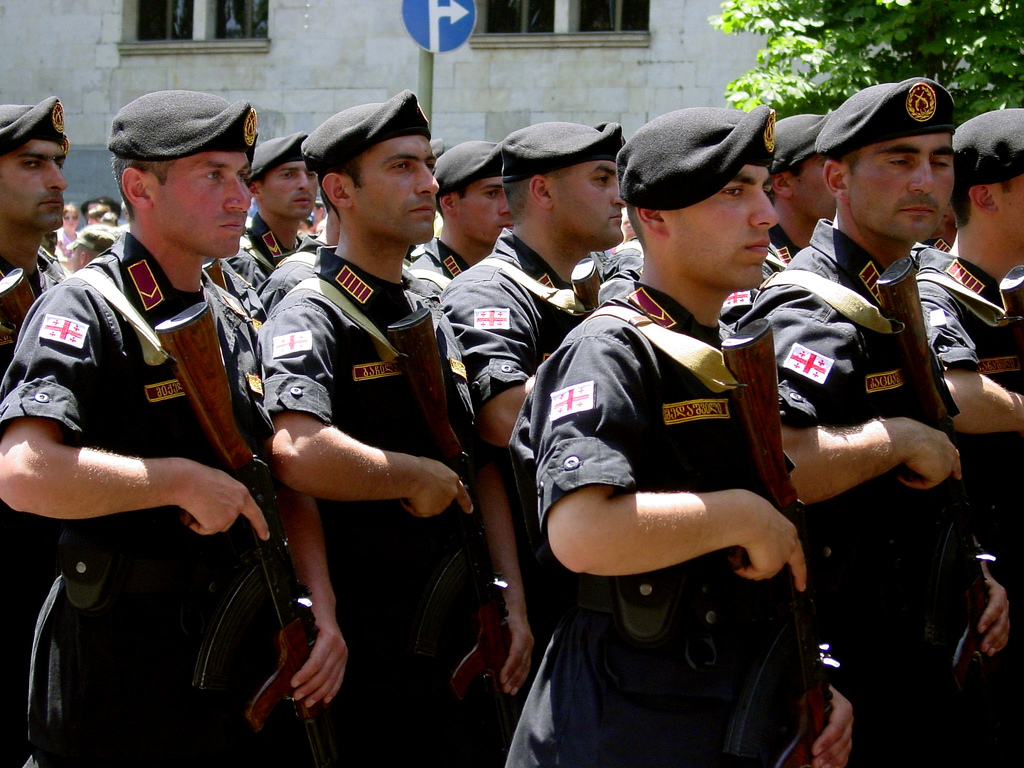

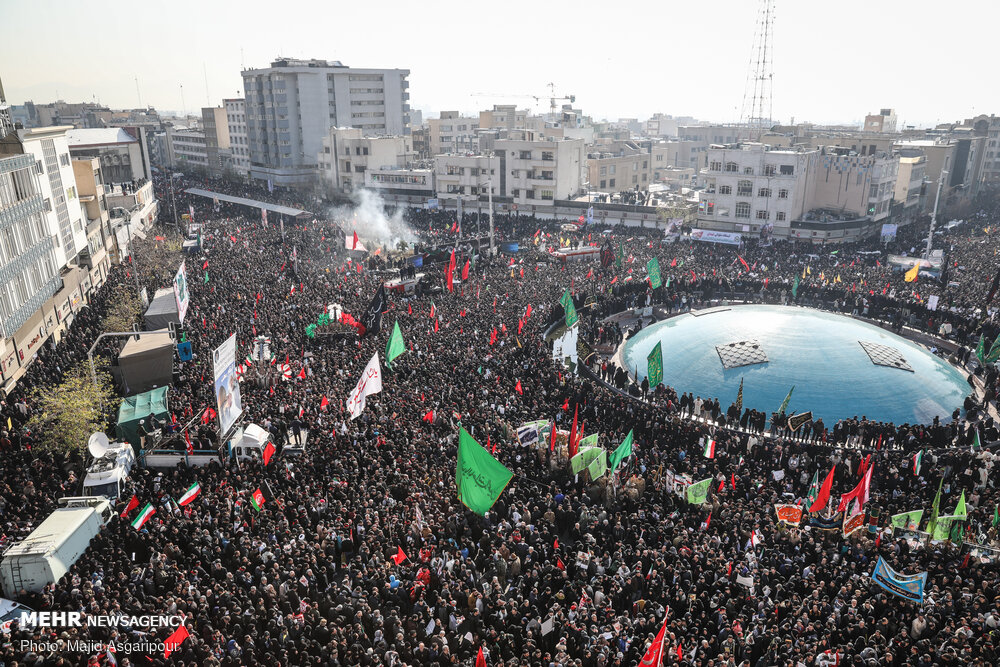
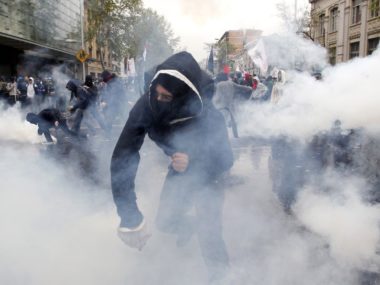
3 comments
Could the growing reliance on air power reflect growing doubts about the political loyalty of the ground forces if put in increasingly difficult situations? The air force is smaller, more exclusive, presumably more tightly tied to the regime, and less exposed to threat from the rebels.